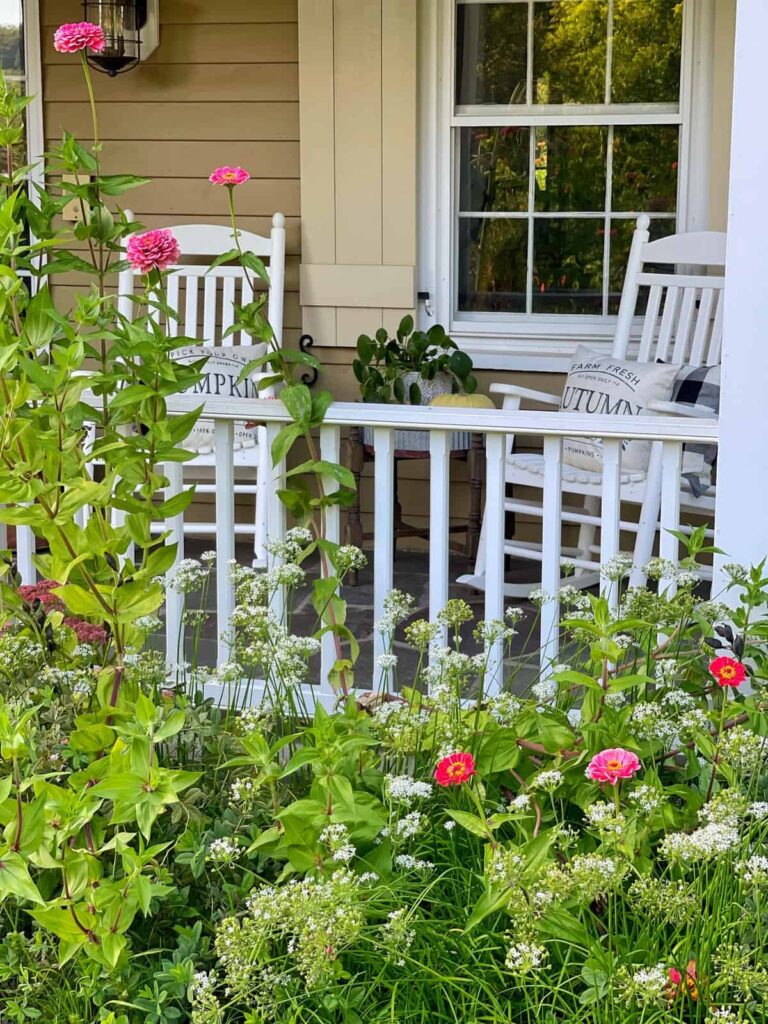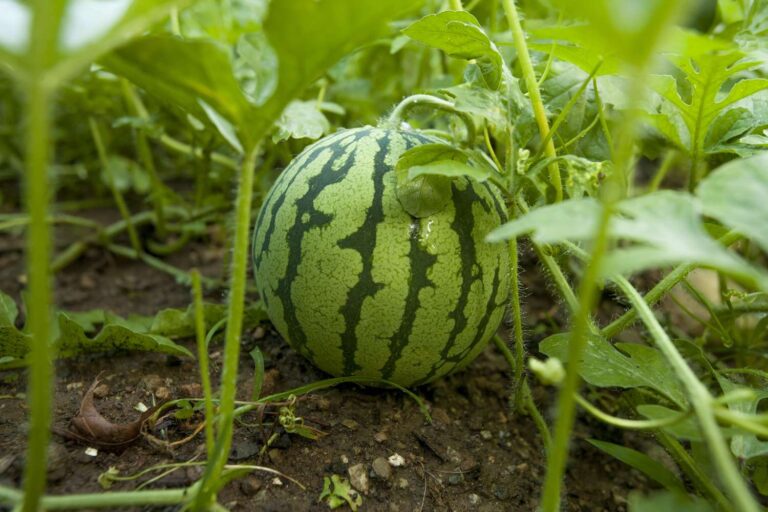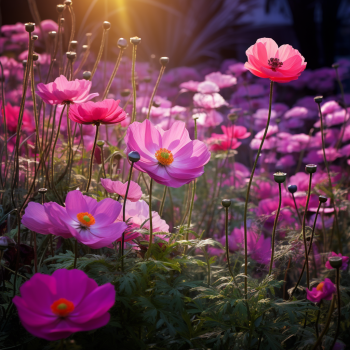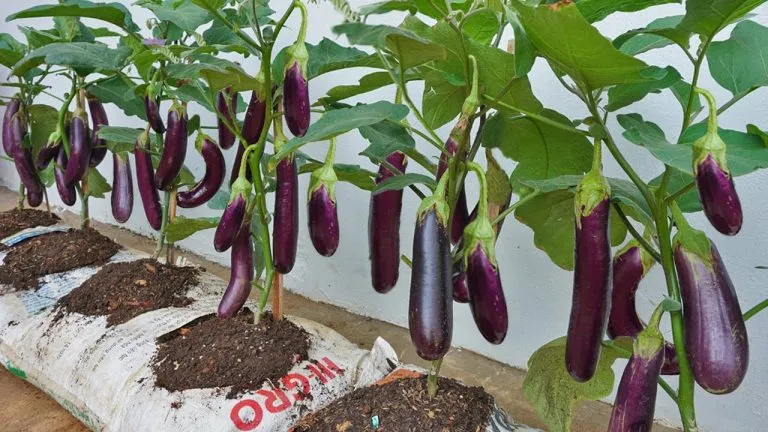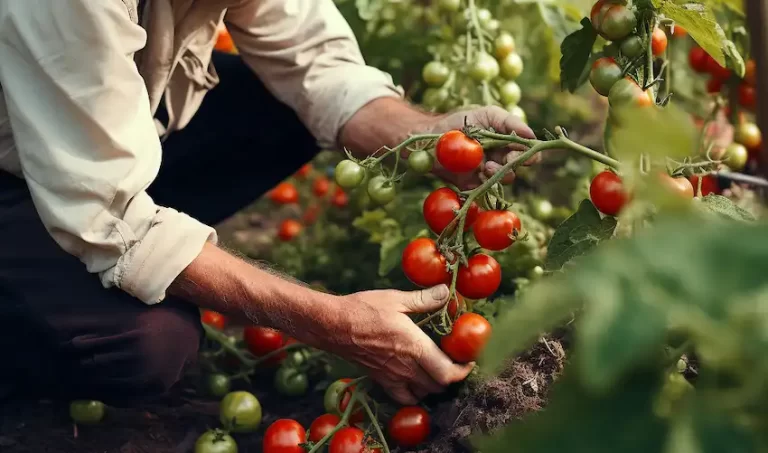Step-by-Step Guide to Growing Passion Fruit in Containers
1. Choosing the Right Container
Container Size:
- Select a large container, at least 18-24 inches in diameter and depth. Passion fruit plants need ample space for root growth. The size ensures the roots have enough room to expand, which is crucial for the plant's overall health and fruit production.
Drainage:
- Ensure the container has good drainage holes at the bottom to prevent waterlogging. Waterlogged soil can lead to root rot and other fungal diseases, so proper drainage is essential for healthy plant growth.
2. Preparing the Soil Mixture
Soil Composition:
- Use a well-draining potting mix. A mix of garden soil, compost, and sand works well. This blend provides the necessary nutrients and proper drainage to support the plant.
- Incorporate vermicompost into the soil. Vermicompost enriches the soil with nutrients and improves its structure, promoting healthy root development and better water retention.
3. Planting the Seeds or Seedlings
Seed Preparation:
- If starting from seeds, soak them in water for 24 hours to improve germination rates. This helps soften the seed coat and encourages faster sprouting.
- Alternatively, use healthy passion fruit seedlings. Seedlings can give you a head start on the growing process compared to seeds.
Planting:
- Plant seeds or seedlings in the prepared soil mixture. Place seeds about 1/2 inch deep and seedlings at the same depth as they were in their original container.
- Space multiple plants at least 6 inches apart within the container if growing more than one. This spacing ensures each plant has enough room to grow and access nutrients.
4. Providing Support
Trellis or Support Structure:
- Install a trellis or support structure in the container. Passion fruit vines need support to climb and grow properly. Without support, the vines can become tangled and may not receive adequate sunlight.
5. Watering and Fertilizing
Watering:
- Keep the soil consistently moist but not waterlogged. Water regularly, especially during dry periods. Consistent moisture is crucial for the plant's health and fruit development.
Fertilizing:
- Use a balanced fertilizer every 4-6 weeks. Organic options like compost or eggshells can be added to provide additional nutrients. Fertilizing ensures the plant has the nutrients needed for growth and fruit production.
6. Care and Maintenance
Pruning:
- Prune the vines regularly to encourage healthy growth and remove any dead or damaged parts. Pruning helps manage the plant's size, improves air circulation, and promotes new growth.
Pest Control:
- Monitor for common pests such as aphids and whiteflies. Use organic pest control methods if necessary. Regular inspection and timely intervention can prevent pest infestations from becoming severe.
7. Observing Growth Stages
After 95 Days:
- You should see significant growth. Ensure the plant is climbing the support structure well and check for the first signs of flowering. This stage is crucial for transitioning from vegetative growth to the flowering phase.
- Add eggshells to the soil around this time to provide extra calcium, which is beneficial for fruit development. Calcium supports strong cell walls in the developing fruit.
After 149 Days:
- By this time, the plant should have developed flowers and possibly started forming fruit. Continue regular care and ensure the plant receives enough sunlight and water. Consistent care during this phase will maximize fruit yield and quality.
8. Harvesting
Harvest Time:
- Passion fruits are typically ready to harvest when they turn from green to purple or yellow, depending on the variety. The fruit should easily detach from the vine when gently twisted. Ripe fruits have the best flavor and nutritional value.
Storage:
- Store harvested passion fruits in a cool, dry place. They can be eaten fresh or used in various recipes. Proper storage ensures the fruits remain fresh for longer periods.
By following these steps, you can successfully grow passion fruit in containers, even if you don't have a garden. This method ensures that the plants receive the necessary care and nutrients for optimal growth and fruit production.


